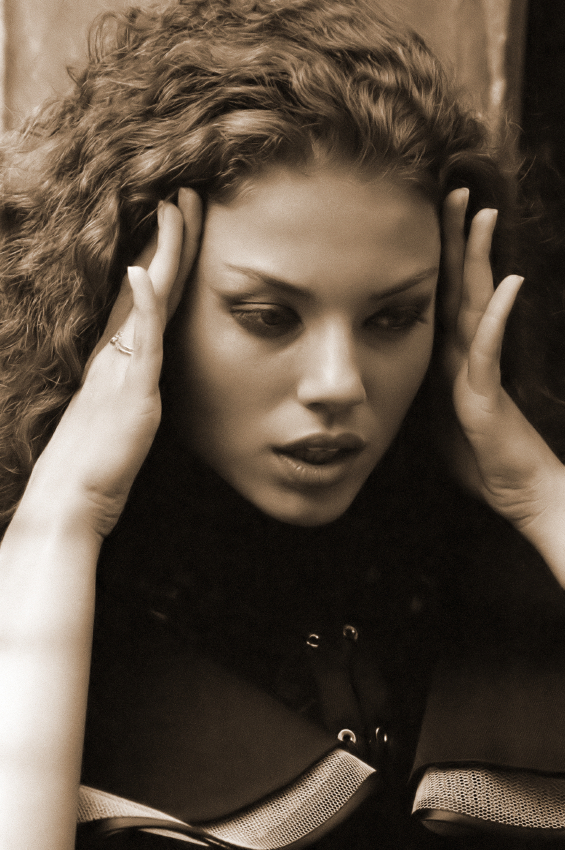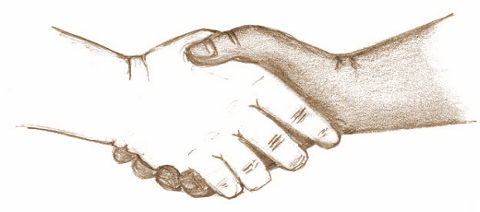
Anxiety
What Is Anxiety?
Anxiety disorders affect about 40 million American adults (about 18%) in a given year, causing them to be filled with fearfulness and uncertainty. Unlike the relatively mild, brief anxiety caused by a stressful event (such as speaking in public or a first date), anxiety disorders last at least 6 months and can get worse if they are not treated. Anxiety disorders commonly occur along with other mental or physical illnesses, including alcohol or substance abuse, which may mask anxiety symptoms or make them worse.
Several types of anxiety disorders include:
Panic Disorder
Panic disorder is a real illness that can be successfully treated. It is characterized by sudden attacks of terror, usually accompanied by a pounding heart, sweatiness, weakness, faintness, or dizziness.
During these attacks, people with panic disorder may flush or feel chilled; their hands may tingle or feel numb; and they may experience nausea, chest pain, or smothering sensations. Panic attacks usually produce a sense of unreality, a fear of impending doom, or a fear of losing control.
A fear of one’s own unexplained physical symptoms is also a symptom of panic disorder. People having panic attacks sometimes believe they are having heart attacks, losing their minds, or on the verge of death. They can’t predict when or where an attack will occur, and between episodes many worry intensely and dread the next attack.
Panic attacks can occur at any time, even during sleep. An attack usually peaks within 10 minutes, but some symptoms may last much longer. Panic disorder is one of the most treatable anxiety disorders.*

Generalized Anxiety
All of us worry about things like health, money, or family problems at one time or another. But people with GAD are worried about these things and many other things, even when there is little or no reason to worry about them. They may be very anxious about just getting through the day. At times, worrying can keep people with GAD from doing everyday tasks. People with GAD can’t seem to get rid of their concerns, even though they usually realize that their anxiety is more intense than the situation warrants. *

People with GAD:
- worry very much about everyday things for at least six months, even if there is little or no reason to worry about them
- can't control their constant worry
- know that they worry much more than they should
- can't relax
- have a hard time concentrating
- are easily startled
- have trouble falling asleep or staying asleep
- common body symtoms are:
Social Phobia (Social Anxiety Disorder)
People with social phobia, also called social anxiety disorder, become overwhelmingly anxious and excessively self-conscious in everyday social situations. They have an intense, persistent, and chronic fear of being watched and judged by others and of doing things that will embarrass them. They can worry for days or weeks before a dreaded situation. This fear may become so severe that it interferes with work, school, and other ordinary activities, and can make it hard to make and keep friends.
While many people with social phobia realize that their fears about being with people are excessive or unreasonable, they are unable to overcome them. Even if they manage to confront their fears and be around others, they are usually very anxious beforehand, are intensely uncomfortable throughout the encounter, and worry about how they were judged for hours afterward.
Social phobia can be limited to one situation (such as talking to people, eating or drinking, or writing on a blackboard in front of others) or may be so broad (such as in generalized social phobia) that the person experiences anxiety around almost anyone other than the family.
Physical symptoms that often accompany social phobia include blushing, profuse sweating, trembling, nausea, and difficulty talking. When these symptoms occur, people with social phobia feel as though all eyes are focused on them.*
If you or someone you know seem to struggle with some of the symptoms described above, it is important to know that you are not alone and that help is available.
*Information published by the National Institute of Mental Health (NIMH). http://www.nimh.nih.gov
**This website is not intended to be a substitute for professional advice, diagnosis, medical treatment or psychotherapy. Always seek the advice of a qualified mental health provider or your physician with any questions you may have regarding any mental health symptom or medical condition. Never disregard professional psychological or medical advice nor delay in seeking professional advice or treatment because of something you have read on this website.
Call us at 630.428.3908 to make an appointment.